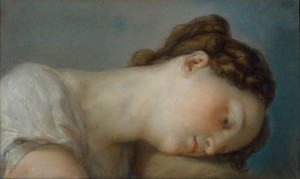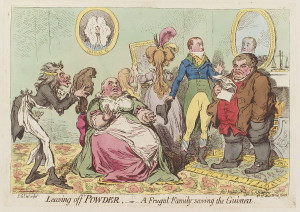 I’ll bet many of you are doing your income tax returns right now. It is that lovely time of year. Income taxes. A topic that elicits strong emotion and, when filling out the returns, anxiety.
I’ll bet many of you are doing your income tax returns right now. It is that lovely time of year. Income taxes. A topic that elicits strong emotion and, when filling out the returns, anxiety.
Did you know they had income taxes in the Regency?
Income taxes were first implemented in Great Britain in 1798 by William Pitt the Younger in order to pay for the impending war with Napoleon. It was a graduated income tax starting at 2 old pence in the pound for incomes over 60 pounds per year and rising to 2 shillings in the pound on incomes over 200 pounds.
This income tax was abolished in 1802 after the Peace of Amiens, but a new one was voted in in 1803, again because of the Napoleonic War. It wasn’t called an income tax, though. It was called a ‘contribution of the profits arising from property, professions, trades and offices,’ but, basically, it was an income tax.
Like our taxes, it even had different ‘Schedules.’ Schedule A was a tax on income from UK land. Schedule B, from commercial occupation of land. Schedule c was a tax on income from public securities. Schedule D was tax on trading income, income from professions and vocations, interest, overseas income and casual income (whatever that is!). Lastly, Schedule E was a tax on employment income.
The maximum tax rate seems minuscule to ours in the present day. It was only 5%, but, like all income taxes, it was very unpopular. After its repeal in 1816 Parliament ordered the destruction of all documents connected with it. This was all for show, though. The King’s Remembrancer made duplicates.
Never fear, though. During that time there were many other taxes for the citizenry to complain about. Taxes on windows and glass, on servants, on carriages, on owning a dog (the more dogs, the more tax). And, of course, the tax on hair powder, which did its part in making that practice go out of fashion.
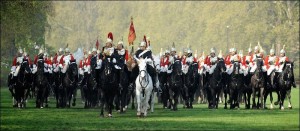 Winner of the Wellington (abridged) biography by Elizabeth Longford, in honor of The Duke of Wellington Tour, is……Louisa Cornell!! Louisa, I’ll be in touch by email.
Winner of the Wellington (abridged) biography by Elizabeth Longford, in honor of The Duke of Wellington Tour, is……Louisa Cornell!! Louisa, I’ll be in touch by email.
So, who is having fun with taxes today?????
(By the way, I was quoted in a lovely blog post about Harlequin Historical on the USA Today Happy Ever After Blog!)

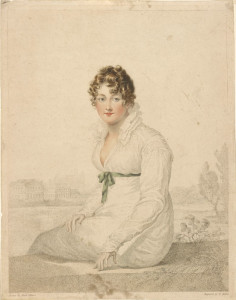
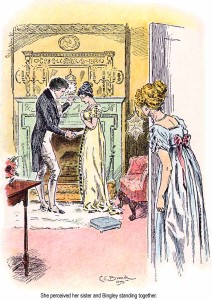
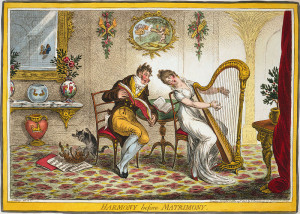
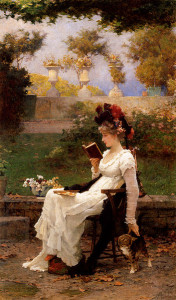
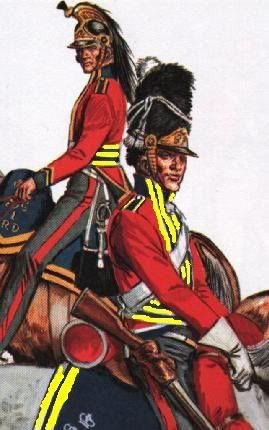 Based on last weeks blog, here’s my new list of Regency heroes (in no particular order):
Based on last weeks blog, here’s my new list of Regency heroes (in no particular order): When I craft a hero, I don’t always know what type he will be. For my upcoming A Lady of Notoriety (read an excerpt
When I craft a hero, I don’t always know what type he will be. For my upcoming A Lady of Notoriety (read an excerpt 
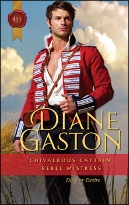
 Rakes. We must not forget rakes, those bad boys who have disreputable reputations, but who also have a keen sense of integrity that is all their own. These heroes are fun to write about, which I certainly did in my RITA winner, A Reputable Rake.
Rakes. We must not forget rakes, those bad boys who have disreputable reputations, but who also have a keen sense of integrity that is all their own. These heroes are fun to write about, which I certainly did in my RITA winner, A Reputable Rake. Impoverished Lords. I didn’t know any other way to describe this hero. He has a title or is heir to one or is the younger son, and he lacks money to support his estate or to simply support himself or, in the case of The Mysterious Miss M, support the woman he loves. For the sake of people this hero cares about, he must contemplate stooping to desperate measures.
Impoverished Lords. I didn’t know any other way to describe this hero. He has a title or is heir to one or is the younger son, and he lacks money to support his estate or to simply support himself or, in the case of The Mysterious Miss M, support the woman he loves. For the sake of people this hero cares about, he must contemplate stooping to desperate measures.